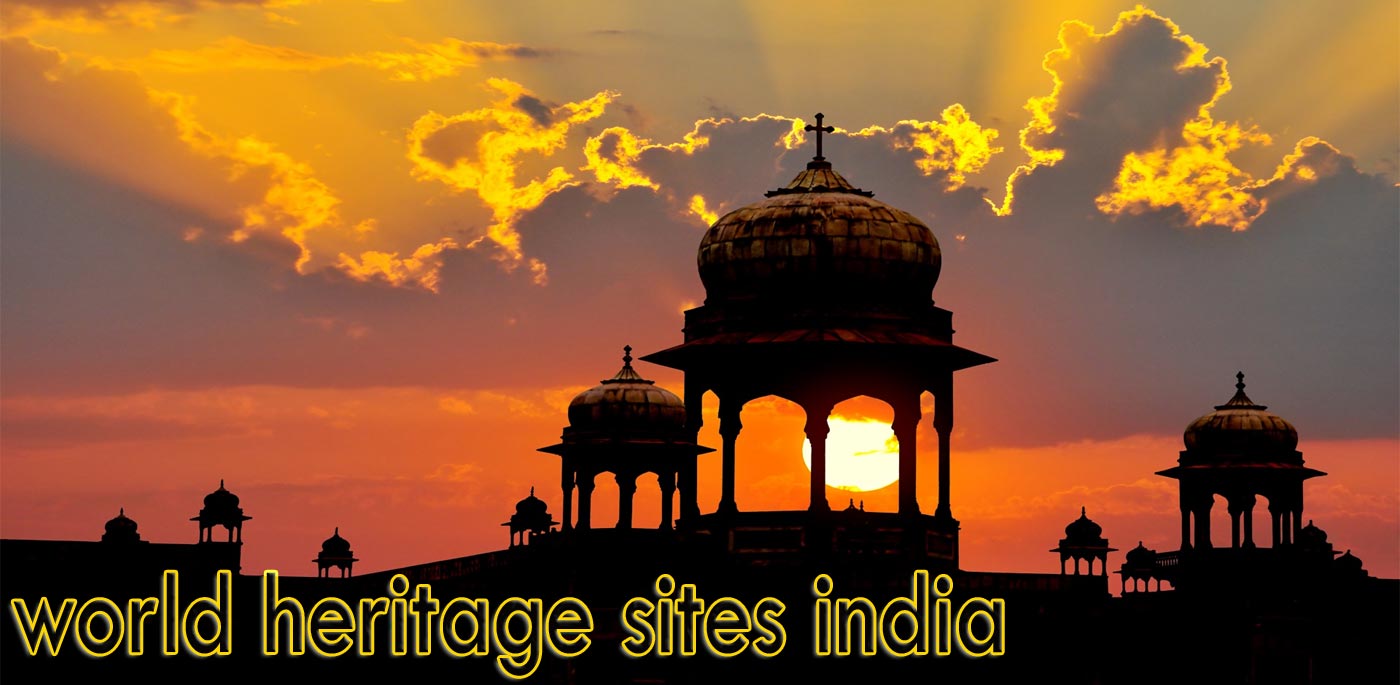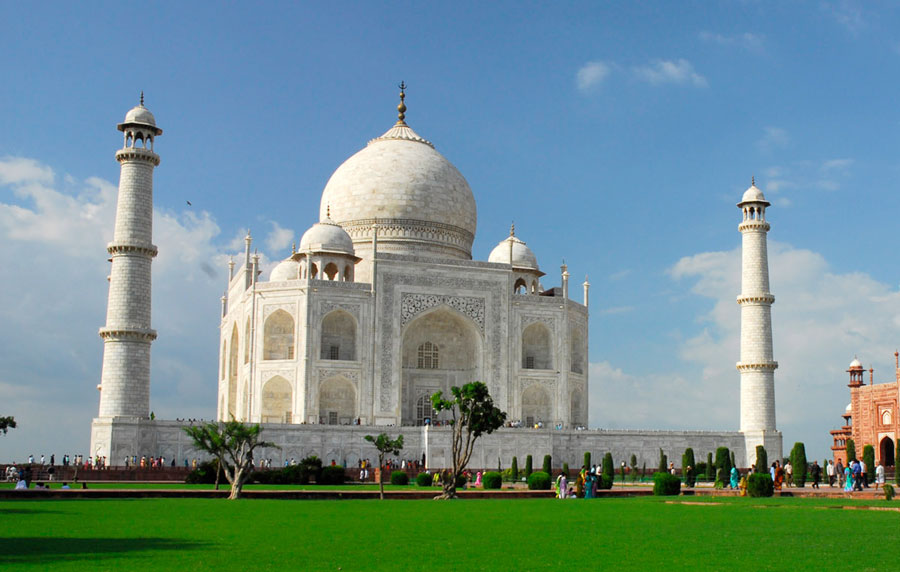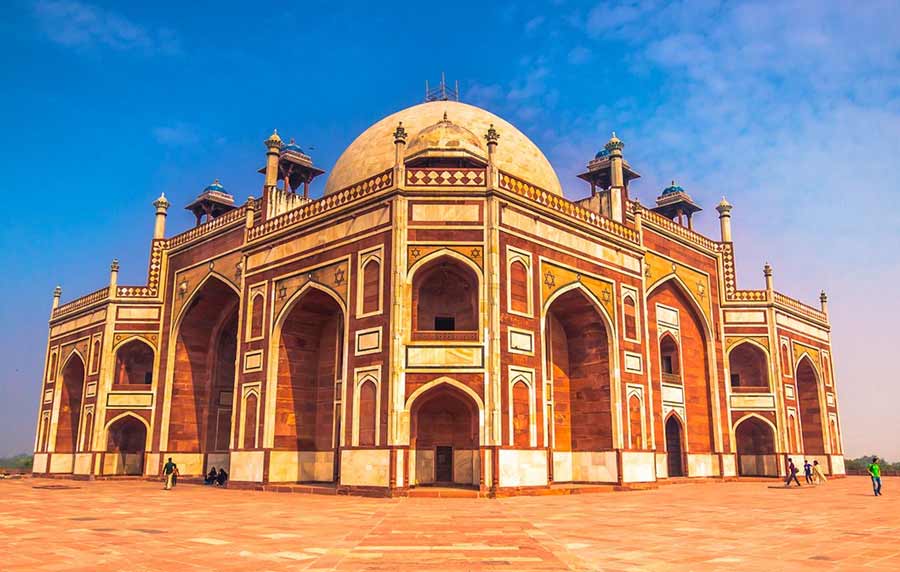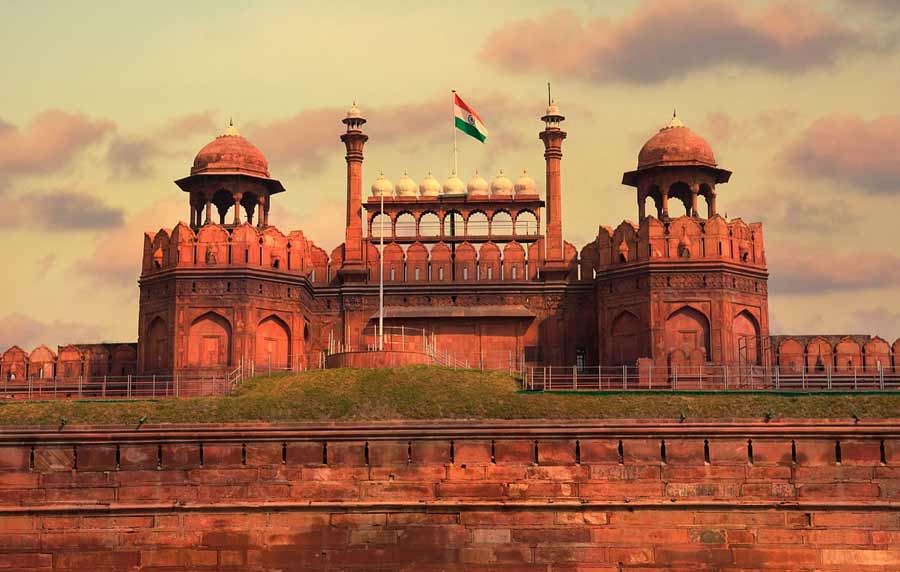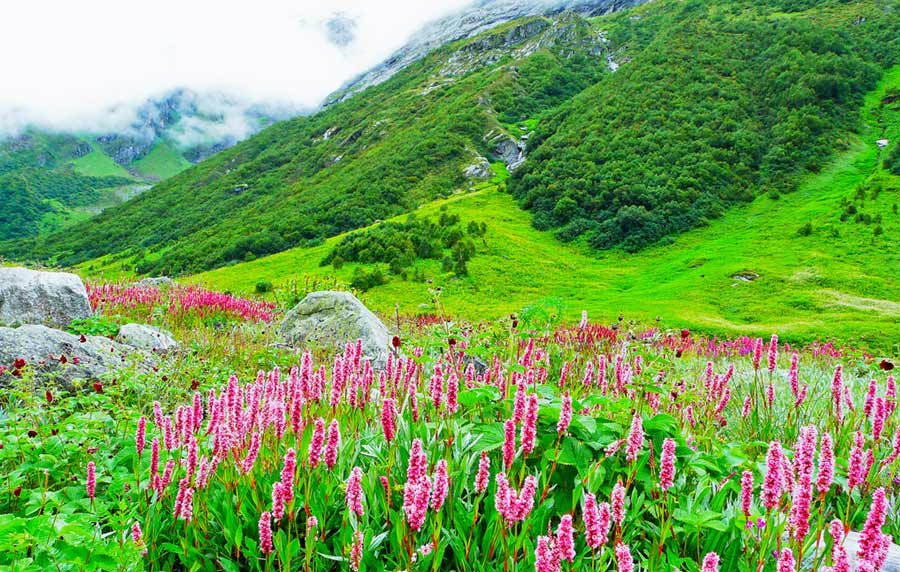Sun Temple, Konarak
Konark Sun Temple, located in the eastern State of Odisha near the sacred city of Puri, is dedicated to the sun God or Surya. It is a monumental representation of the sun God Surya's chariot; its 24 wheels are decorated with symbolic designs and it is led by a team of six horses. It is a masterpiece of Odisha's medieval architecture and one of India's most famous Brahman sanctuaries.
The Konark temple is widely known not only for its architectural grandeur but also for the intricacy and profusion of sculptural work. It marks the highest point of achievement of Kalinga architecture depicting the grace, the joy and the rhythm of life all its wondrous variety.
The temple declared a world heritage by UNESCO was built in A.D. 1250, during the reign of the Eastern Ganga King Narasimhadeva-I (A.D. 1238-64). There are two rows of 12 wheels on each side of the Konark sun temple. Some say the wheels represent the 24 hours in a day and others say the 12 months. The seven horses are said to symbolize the seven days of the week. Sailors once called this Sun Temple of Konarak, the Black Pagoda because it was supposed to draw ships into the shore and cause shipwrecks.
The Sun Temple at Konârak, located on the eastern shores of the Indian subcontinent, is one of the outstanding examples of temple architecture and art as revealed in its conception, scale and proportion, and in the sublime narrative strength of its sculptural embellishment. It is an outstanding testimony to the 13th-century kingdom of Orissa and a monumental example of the personification of divinity, thus forming an invaluable link in the history of the diffusion of the cult of Surya,the Sun God. In this sense, it is directly and materially linked to Brahmanism and tantricbelief systems. The Sun Temple is the culmination of Kalingan temple architecture, with all its defining elements in complete and perfect form. A masterpiece of creative genius in both conception and realisation, the temple represents a chariot of the Sun God, with twelve pairs of wheels drawn by seven horses evoking its movement across the heavens.
It is embellished with sophisticated and refined iconographical depictions of contemporary life and activities. On the north and south sides are 24 carved wheels, each about 3 m in diameter, as well as symbolic motifs referring to the cycle of the seasons and the months. These complete the illusionary structure of the temple-chariot. Between the wheels, the plinth of the temple is entirely decorated with reliefs of fantastic lions, musicians and dancers, and erotic groups. Like many Indian temples, the Sun Temple comprises several distinct and well-organized spatial units. The vimana (principal sanctuary) was surmounted by a high tower with a shikhara (crowning cap), which was razed in the 19th century. To the east, the jahamogana (audience hall) dominates the ruins with its pyramidal mass. Farther to the east, the natmandir (dance hall), today unroofed, rises on a high platform. Various subsidiary structures are still to be found within the enclosed area of the rectangular wall, which is punctuated by gates and towers.The Sun Temple is an exceptional testimony, in physical form, to the 13th-century Hindu Kingdom of Orissa, under the reign of Narasimha Deva I (AD 1238-1264). Its scale, refinement and conception represent the strength and stability of the Ganga Empire as well as the value systems of the historic milieu. Its aesthetical and visually overwhelming sculptural narratives are today an invaluable window into the religious, political, social and secular life of the people of that period.
The Sun Templeis directly associated with the idea and belief of the personification of the Sun God, which is adumbrated in the Vedas and classical texts. The Sun is personified as a divine being with a history, ancestry, family, wives and progeny, and as such, plays a very prominent role in the myths and legends of creation. Furthermore, it is associated with all the legends of its own artistic creation – the most evocative being its construction over twelve years using 1,200 artisans – and the stories about the deep commitment of its master builder, Bisu Moharana, to the project, in which his son (who was born during this period) later became involved. Konârak’s location and name are important testimonies to all the above associations, and its architectural realisation is associated with the living traditions of Brahmanismand tantricpractices.
UNESCO World Heritage Sites India
The United Nations Educational, Scientific and Cultural Organization (UNESCO) World Heritage Sites are important places of cultural or natural heritage as described in the UNESCO World Heritage Convention, established in 1972. There are 37 World Heritage Sites located in India. These include 29 cultural sites, seven natural sites and one mixed site. India has the sixth largest number of sites in the world. Recently, Orchha is enlisted in the tentative list of UNESCO. The Seventh Wonder of the World and a UNESCO World Heritage Site, Taj Mahal is not merely a site that brings us to the pages of history; it is an epitome of true love, brilliant architecture and artistic precision. The white-marble mausoleum was commissioned by Shah Jahan for his wife, Mumta Mahal, way back in 1632. And to complete the masterpiece it took about 22 years and as much as 20,000 artisans.
 +91 9799050299
+91 9799050299 

